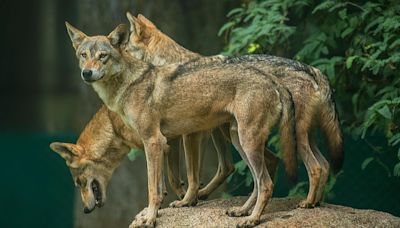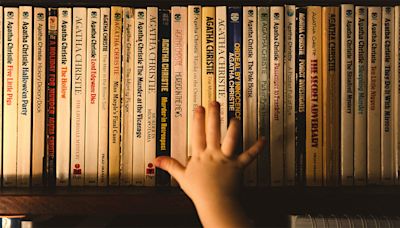Search results
- From the late 13th century until the beginning of the 16th, successive waves of invaders from Central Asia, such as Timur, Tamerlane and Babur, plundered Indian wealth. India’s economy began to change from one based on simple agricultural production to one more sophisticated and based on commercial trade.
unacademy.com › content › upsc
Wikimedia Commons has media related to India in the 13th century. 8th.
People also ask
What happened in India in the 13th century?
Who ruled Delhi in the 13th and 14th centuries?
What happened in the 13th and 14th centuries?
What was the history of medieval India?
It may be divided into two periods: The 'early medieval period' which lasted from the 6th to the 13th century and the 'late medieval period' which lasted from the 13th to the 16th century, ending with the start of the Mughal Empire in 1526.
Aug 1, 2024 · Delhi sultanate, principal Muslim power in north India from the 13th to the 16th century, enabled by the campaigns of the Ghurid dynasty and made independent by Iltutmish.
- The Editors of Encyclopaedia Britannica
- Historical Overview of Medieval India
- Religious Developments in Medieval India
- Society and Economy in Medieval India
- Cultural Developments in Medieval India
The first fince centuries of India’s medieval history is so complex that it is best dealt with on a region-by-region basis.
Medieval India saw the triumph of Hinduism over both Jainism and Buddhism. Jainism became very much a minority religion, while Buddhism all but died out in the land of its birth. Buddhism was still widespread in the Gupta empire, at the end of the ancient era. Its spread throughout India had been due to its appeal as a faith which, much more so tha...
The increasing dominance of Hinduism in the religious sphere had significant impacts on Indian society. Although the new Hinduism was very different from the ancient Vedic religion in many ways, it regarded itself as the heir and guardian of Vedic teachings.
Language and literature
Medieval India saw the rise of regional languages as mediums for great literature. Whereas Sanskrit had been the Brahminical language of ancient India, now the Tamil dialects of South India, for example Kannada, became prominent vehicles for intellectual expression. The fact that the new Hindu cults used local languages for their sacred texts was a major part of their appeal, but even at court these regional languages replaced Sanskrit. Nevertheless, Sanskrit retained its status as the primar...
Architecture and Art
The kings of medieval India are famous for their patronage of art and architecture. The brisk temple building of the period is evident throughout the subcontinent, but more especially in central and southern India. Independent architectural traditions arose in different parts of India. One of the most notable can be seen in Hoysala temple architecture of southern India. It is characterized by an attention to exquisite detail and skilled craftsmanship, reflected also in its temple sculpture, w...
The End of Medieval India
After a brief revival, the Delhi sultanate was finally finished off when the last of its rulers was killed by the forces of another invader from central Asia at the battle of Panipat(1526). The victor of Panipat, Babur, went on the found the Mughal dynasty. Another chapter in India’s long history had opened. This was not just due to the rise of a new imperial dynasty, but also to the fact that influences from outside the subcontinent began to make themselves felt, moving India into the modern...
The middle kingdoms of India were the political entities in the Indian subcontinent from 230 BCE to 1206 CE. The period begins after the decline of the Maurya Empire and the corresponding rise of the Satavahana dynasty, starting with Simuka, from 230 BCE.
Dec 25, 2014 · The second half of the 13th century saw the flocking into India of many scholars, including mathematicians and architects from West Asia, following the devastation caused there by the Mongols. Thus, we see the first true arch in the plain and simple tomb of Balban.
The article gives a brief introduction to the 13th and 14th Centuries. It discusses the Delhi sultanate in the 13th and 14th centuries. It also discusses Central Asia and the Khaljī dynasty.





